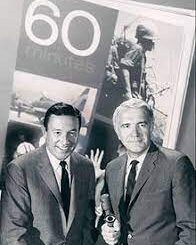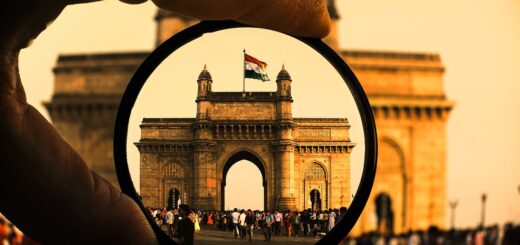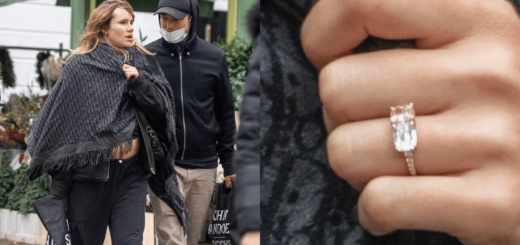An evening before the start of the new year
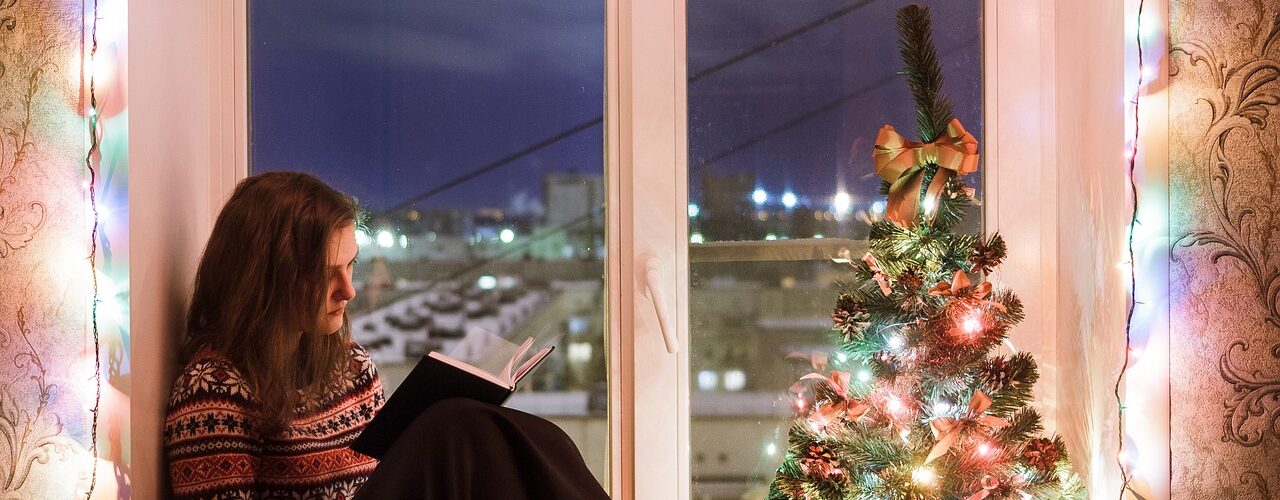
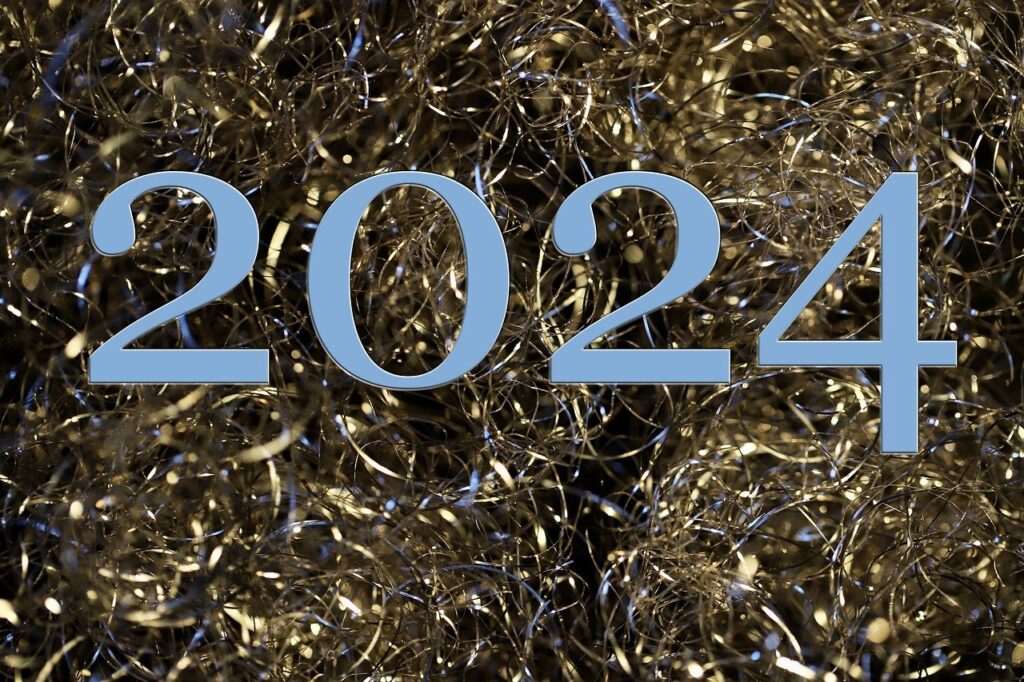
A momentous occasion for collective gatherings, marking both the culmination of the passing year and the advent of a new one, New Year’s Eve takes place on December 31st, signifying the year’s conclusion. Festivities typically involve attending events, dancing, and witnessing vibrant firework displays.
Many individuals use this time to craft New Year’s resolutions, pledging personal commitments to effect positive changes in their lives. It’s a period imbued with joy, optimism, and introspection, often enriched by diverse traditions and customs unique to different cultures around the world.

The background of New Year’s day before
The observance of New Year’s Eve carries a legacy rooted in ancient civilizations, tracing back millennia. Cultures like the Babylonians and Romans commemorated the dawn of the new year through elaborate religious festivals and revelries.
In ancient Rome, celebrations unfolded during the first full moon in March with the festival honoring Anna Perenna, revered as the goddess symbolizing the year. This occasion was marked by exuberant feasts, communal gatherings, and the exchange of gifts and hopeful aspirations for the approaching year.
During medieval Europe, the new year was recognized on March 25th, coinciding with the Feast of the Annunciation in accordance with the Julian calendar. This tradition persisted until the 16th century with the adoption of the Gregorian calendar, which shifted the new year’s commencement to January 1st.
The contemporary customs and essence of New Year’s Eve, as widely embraced today, are primarily products of the modern era, particularly evolving and solidifying in the 20th century. However, the tapestry of new year celebrations spans a rich and diverse history across numerous cultures, spanning centuries of observances and traditions.
How Celebrates New Year’s day before

Throughout the world, New Year’s Eve is embraced with a diversity of customs and traditions, each signifying the transition from the old year to the new. Observances vary widely, but some prevalent ways individuals commemorate this occasion include.
Celebrating at Gatherings
Numerous individuals commemorate New Year’s Eve by attending or hosting lively gatherings among friends and family. These festive occasions often feature music, dancing, and various engaging activities.
Enjoying Fireworks
Fireworks extravaganzas are prevalent across many countries, enhancing New Year’s Eve celebrations with dazzling displays synchronized to music and other entertainment.
Setting Resolutions
At the onset of the new year, individuals often commit to personal growth by creating resolutions. These encompass a spectrum of goals, from individual aspirations such as fitness and lifestyle changes to broader aims like altruism and environmental consciousness.
Embracing Time with Loved Ones
New Year’s Eve serves as a moment for introspection and connection with loved ones. Many opt to reflect on the past year while cherishing moments with family and friends, either at home or by traveling to reunite.
Engaging in Cultural Traditions
Distinctive customs associated with New Year’s Eve vary across cultures. For instance, in various Latin American countries, consuming grapes, one for each midnight chime, is a cherished practice. In Japan, temple visits for blessings of good fortune in the new year are customary. The tradition of “hatsumode,” entailing shrine visits on the year’s first day, is also prevalent in many cultures.
The New Year’s Eve Countdown
An iconic tradition synonymous with New Year’s Eve is the momentous countdown in Times Square, New York City. Since 1907, a grand crystal ball has descended from a flagpole precisely at midnight, signaling the arrival of the new year amid jubilant festivities.



